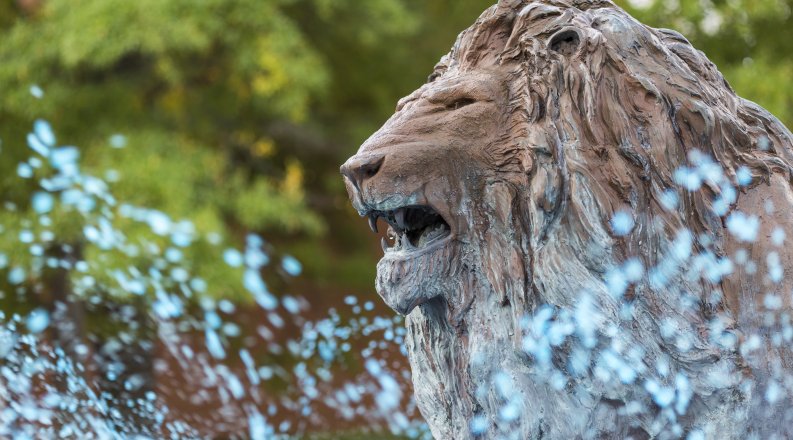The CEBAF (Continuous Electron Beam Accelerator Facility) large acceptance spectrometer is located at the the Jefferson Lab in Newport News. Researchers used the device to detect the protons and neutrons.
It's a case of acting differently when outmanned — or rather out-neutroned. Protons appear to get extra pep in their step when they're outnumbered by neutrons in the atom's nucleus.
A new study, conducted at the Department of Energy's Thomas Jefferson National Accelerator Facility in Newport News, confirmed that increasing the number of neutrons as compared to protons in an atom's nucleus also increases the average momentum of its protons. The nuclear physics result was recently published in the journal Nature.
The study involved short-range correlations in which protons and neutrons, or nucleons, may pair up briefly inside the nucleus. This pairing imparts the partners with high momentum.
Earlier research found that nucleons prefer to pair with nucleons of a different type (for instance, protons prefer neutrons and vice-versa). The research, which only measured protons, had also hinted that a greater fraction of protons than neutrons may pair up in neutron-rich nuclei, thus giving the protons a higher-average momentum than neutrons.
Larry Weinstein, Eminent Scholar and University Professor of Physics at Old Dominion University, said the result of that pairing preference was confirmed and quantified for the first time.
"As you add neutrons to the nucleus, the fraction of neutrons that are high momentum stays the same, but the fraction of protons at high momentum increases by 50 percent," he said. "Put another way, it looks like when you add neutrons to a nucleus, it makes the protons move faster."
"What differentiates this study from earlier ones is that this is the first time we detect the neutron," said Meytal Duer, a graduate student at Tel Aviv University in Israel, the lead author on the paper who led the analysis effort. Including the neutron in the study, she said, also allowed nuclear physics researchers to quantify the short-range correlations effect.
The result of the study also has implications for the dynamics of neutron stars, which are about five percent protons. Due to their high average momentum as compared to neutrons, the protons may have an outsized effect on neutron star structure.
Researchers said the next step is new experiments that may be able to get at least 10 times as much data on a wider range of nuclei, as well as continuing their efforts to scrutinize the data that's already been collected for more insights.
The analysis was carried out as part of the Jefferson Lab Hall B Data-Mining project, which is supported by the U.S. Department of Energy's Office of Science.




